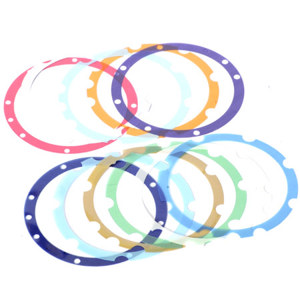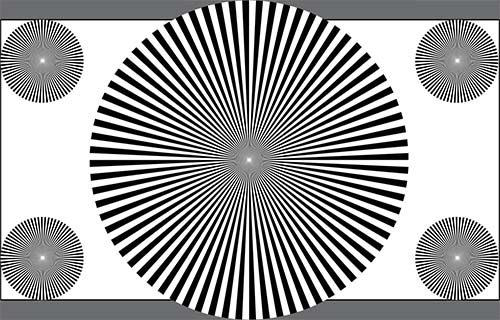

However, only with a slanted edge will we find pixels from any distance in the region of interest to the center of the edge instead of the fixed amount of distances found in a single line or row. Oversampling can define the edge transition when using all of the pixels along the target edge. The algorithms presented in ISO 12233 allow a super-resolution ESF, meaning the ESF has a four times higher sampling rate than the original image. In other words, it shows the transition from the low-intensity to the high-intensity part of an edge in the image. The edge spread function (ESF) describes how the system under test reproduces an edge. Details can be found in the section about texture loss. This approach is highly optimized for a texture loss analysis. The third method to obtain an SFR is the dead leaves approach. For example, the e-SFR uses slanted edges, and s-SFR uses a sinusoidal Siemens star.

The main difference between the methods is the test patterns. However, only two of them lead to an SFR. The standard describes three methods to measure resolution.

After obtaining the SFR, many different metrics can be derived from it. When measuring a camera system's resolution, we recommend beginning with the SFR measurement using the ISO 12233 standard 1. Figure 2: The X-Axis shows the spatial frequencies increasing from left to right, and the Y-Axis depicts the SFR This function describes how well the system under test can reproduce a range of spatial frequencies (Figure 2) on a scale from 0% (complete loss of information) to 100% (perfect reproduction without data loss). The measurement of resolution is a measurement of the spatial frequency response (SFR*).


 0 kommentar(er)
0 kommentar(er)
